![[object Object],[object Object]](https://cdn.sanity.io/images/tsza235h/production/5ced83d1c8754f039fcf8ac414d638886012e9d5-1200x800.jpg?rect=0%2C63%2C1200%2C675&w=3840&h=2160&fit=max&auto=format)
“People are fighting for scraps and are grateful for whatever they’re offered”
What’s Wrong with the Relationship Between Industry and Indigenous Peoples in Russia
“Kedr” spoke with Lana Pylaevaya from the “Arctida” NGO and an (anonymous) international expert on indigenous peoples about:
- The relationship between Russian mining companies and indigenous communities;
- How “green colonialism” manifests in Russia and whether a fairer society is possible;
- When and why indigenous peoples themselves harm nature;
How these issues tie into the dominant ideology governing human-nature relationships today—extractivism.The shift from fossil fuels to renewable energy could if not save humanity from climate catastrophe, then at least slow down global warming and make air, water, and nature cleaner. Solar panels, wind turbines, and electric vehicles have become symbols of a new, eco-friendly future. They’re being actively adopted not only in Europe but also in China, other parts of Asia, Latin America, and Africa.
But the production of these “clean” technologies has a dark side: the materials needed—lithium, cobalt, nickel, copper, and others—are often mined on indigenous lands. Once industrial operations arrive, previously untouched territories face widespread soil, river, and lake pollution. Pastures are destroyed, fish populations in rivers dwindle, wildlife in forests declines, and the forests themselves are razed.
According to the American “Earthworks” NGO, over half of the 5,097 active and planned global mining projects for energy transition minerals are located on indigenous lands. This echoes an old pattern: the progress of some comes at the expense of others, only now it’s wrapped in a “green” label. This phenomenon has been dubbed “green colonialism.”
For indigenous peoples worldwide, maintaining a connection to their land and its resources is vital—not just for traditional livelihoods like reindeer herding or fishing, but for preserving cultural identity, which is increasingly difficult in a world of urbanization and technology. Under external pressures, even indigenous communities sometimes break their ancestors’ golden rule: take from nature only what it can sustainably provide.
Disclaimer
Indigenous organizations in Russia face persecution. Many have been labeled extremist for allegedly “undermining the country’s multinational unity.” As a result, indigenous representatives, especially those still in the country, often fear speaking openly. “Kedr” quotes some opinions anonymously.

“Green” Doesn’t Always Mean Just
In 2020, one of the worst environmental disasters in modern Russian history struck the Taimyr Peninsula. A storage tank failure at “Norilsk Nickel”’s Thermal Power Plant No. 3 spilled over 20,000 tons of diesel fuel into local rivers.
The company, which extracts nickel, palladium, and other minerals critical for the energy transition, was found liable and fined a record 146 billion rubles. The court accounted for damage to soil and water but overlooked the harm to local communities.
For instance, the spill devastated the village of Ust-Avam, home to Nganasan and Dolgan peoples, who can no longer rely on fishing as a sustainable food source due to river pollution. After the disaster, “Norilsk Nickel” pledged over 2 billion rubles over five years for programs supporting Taimyr’s indigenous communities. However, according to a 2022 report by “Cultural Survival,” an organization advocating for indigenous rights, the company allegedly conditioned aid to Ust-Avam residents on their agreement to state that the spill had not impacted their traditional livelihoods. Most refused and received nothing. Some, however, cooperated “because they have no other options for ensuring food security or financial support,” Cultural Survival noted. “Norilsk Nickel” reported building new homes for 15 families in Ust-Avam, Volochanka, and Ust-Port, and establishing three medical facilities in these villages.
“— Two billion rubles over five years is pocket change for “Norilsk Nickel,” whose net profit in 2023 alone was 252 billion rubles—and far higher before [the conflict in Ukraine], explains Lana Pylaevaya, an expert from the “Arctida” NGO.
“Such meager investments don’t match the wealth the company extracts from these lands’ natural resources, leaving irreversible environmental damage in its wake. The well-being of Taimyr’s indigenous peoples depends on that environment."

On the Kola Peninsula, Polar Lithium is developing the Kolmozerskoe deposit, which holds about 24% of Russia’s lithium reserves—a metal used in batteries for electric vehicles and solar panels. Yet, these lands have been used for centuries by the Komi and Sámi for traditional activities. In 2023, anticipating the project’s impacts, they preemptively relocated their reindeer herding camps. It’s unclear how severely the project will affect local ecosystems, but past experience suggests mining will, at minimum, reduce the food supply for animals.
“— The green transition doesn’t inherently ensure justice, says Lana Pylaevaya. Unfortunately, even eco-friendly initiatives often mask an extractivist mindset—take as much as possible while minimizing costs, disregarding local people and nature. Many projects for rare earth metals, lithium mines, or new hydroelectric plants are launched on indigenous lands without their consent or consideration of their perspectives and ways of life. Indigenous peoples must be fully involved in decision-making processes, with their traditional knowledge and lifestyles respected in project implementation. Only then can we avoid ‘green colonialism’ and achieve a sustainable energy transition. It’s crucial to understand: indigenous communities aren’t against the energy transition or renewables per se, but they demand fair and meaningful participation in these processes.

“They Need People to Stay Silent”
Last year, Geneva hosted the summit “Just Transition: Perspectives, Knowledge, and Experience of Indigenous Peoples,” attended by indigenous representatives from all seven sociocultural regions of the world. The conference adopted a document outlining five principles of a just transition.
What Are the Principles of Just Transition?
“— When a company comes to your land with an offer, the community needs time to understand, reflect, and evaluate,” explains an international expert on indigenous peoples. “But businesses often don’t give people that time—they want to launch projects quickly and profit. Without meaningful dialogue, equal relationships with local communities are impossible. If informed consent for resource extraction is obtained, the next step is signing written agreements specifying the duration of operations, the affected areas, and financial arrangements between the company and communities or villages. This is a standard process in countries with robust legislation and respect for civil rights.”
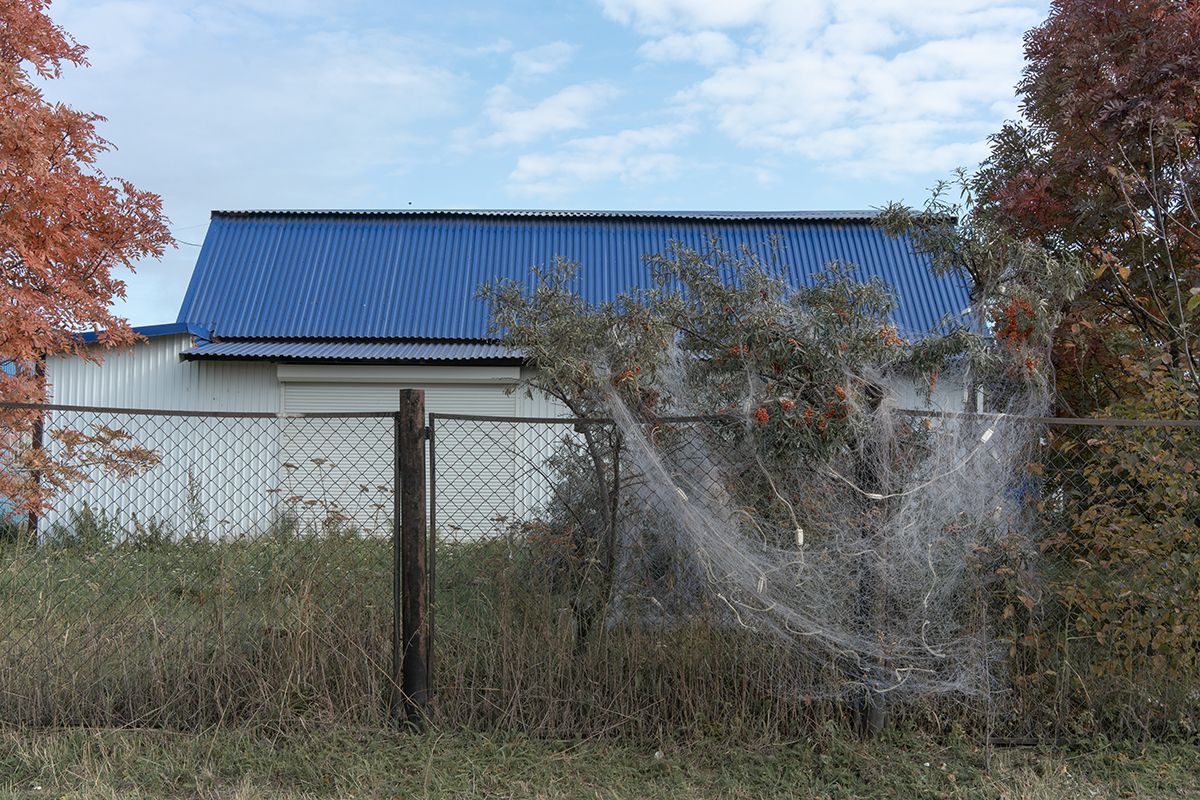
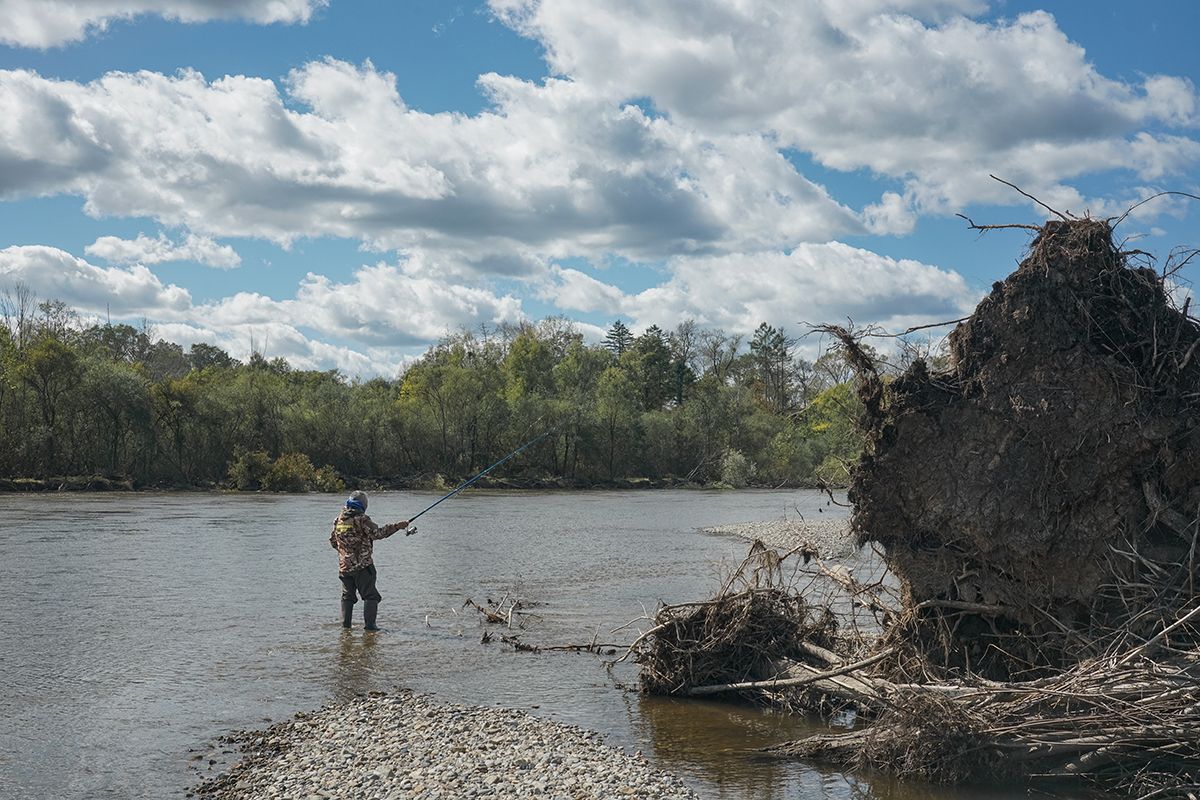
In the Arctic, several successful initiatives have bridged industry and indigenous peoples. Canada is seen as a leader in this regard, involving indigenous communities in renewable energy projects at every stage that affects them. For example, in the village of Old Crow, a 940 kW solar power plant, Old Crow Solar, was built with government funding and is owned by the Vuntut Gwitchin First Nation. The project reduced the community’s reliance on diesel fuel and created jobs. In northwestern Canada, near Inuvik, renewable energy projects are also being developed in collaboration with the Gwich’in Tribal Council, including the Inuvik High Point wind farm, which is already operational.
Plans are underway to build 4 MW solar power plants with energy storage systems in northwest Alaska. Federal funding will cover construction, and indigenous communities will own and operate the stations. They are expected to sell electricity to utilities, potentially generating $970,000 in annual revenue.
“— Not only the opinions of ecologists, scientists, and ESG managers but also those of indigenous peoples, on whose lands renewables are built or minerals are extracted for green technologies, must be considered,” says Lana Pylaevaya. “Indigenous peoples have their lands—historical territories and sacred sites—and they should decide whether to allow development on them. In many countries, projects are discussed with local communities before exploration begins, and work starts only after obtaining informed consent. In Russia, however, such discussions are often superficial. Even when held, indigenous objections are ignored and do not halt extraction plans. Sometimes, people only learn about projects after exploration has started, violations have occurred, and they are left with destroyed nature, poverty, or meager handouts from mining companies.”

Pylaevaya cites the example of the Evenki village of Tyanya in Yakutia’s Olekminsky District, where gold miners from Nordgold Management have long operated. In 2023, the company began developing a new deposit, but locals opposed it. Nature was already suffering from gold mining: fish in the vital Tokko River had dwindled, and deforestation had reduced pastures and reindeer herds. Nordgold held a meeting with residents to present an environmental impact assessment, later found to contain significant flaws. Despite tensions and the community’s explicit opposition, the project moved forward—Nordgold plans to start mining at the Tokkinskoe deposit this year.
“Of course, strong indigenous communities that maintain ties to their land and understand its value are essential. Otherwise, there’s a risk of commercialization, where nature is destroyed by indigenous hands for profit—such cases, unfortunately, exist in Russia and elsewhere. That’s why supporting grassroots communities and implementing educational programs in indigenous settings is crucial. But now, in Russia, this is extremely difficult. The state and corporations benefit from indigenous peoples’ ignorance of their rights—they want people to stay silent.”
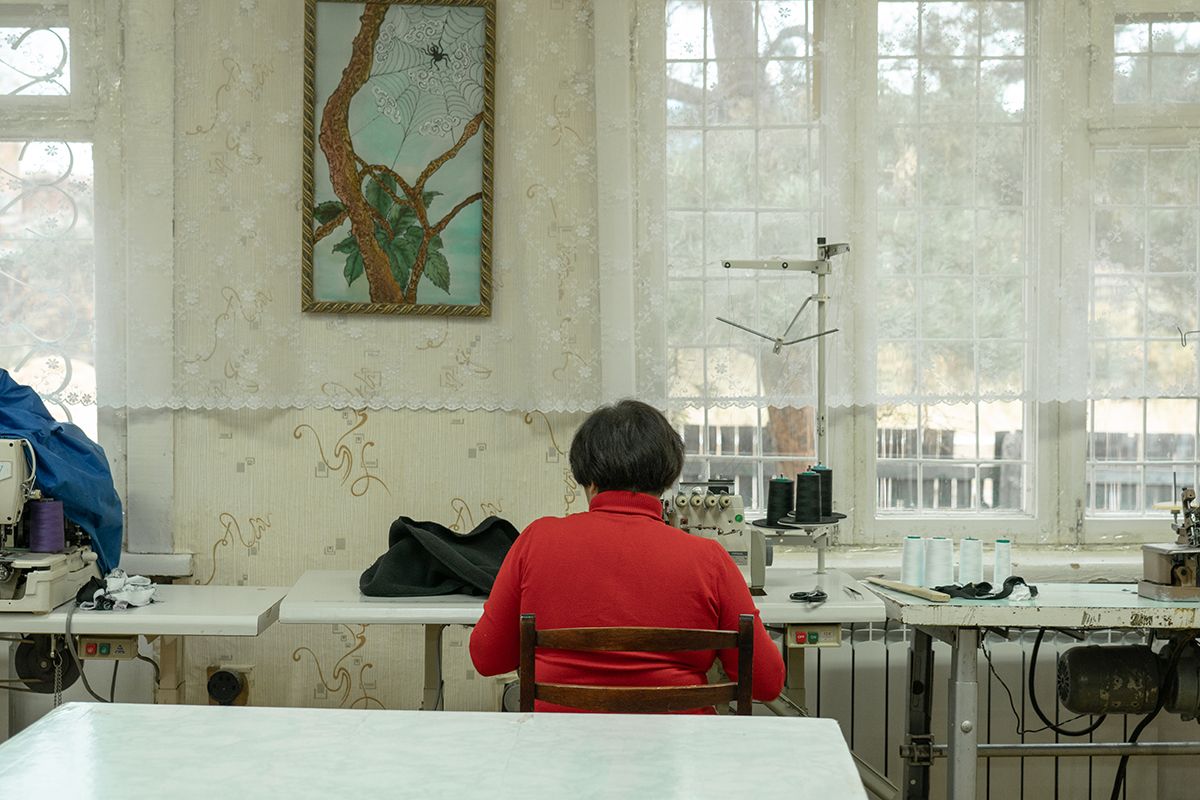
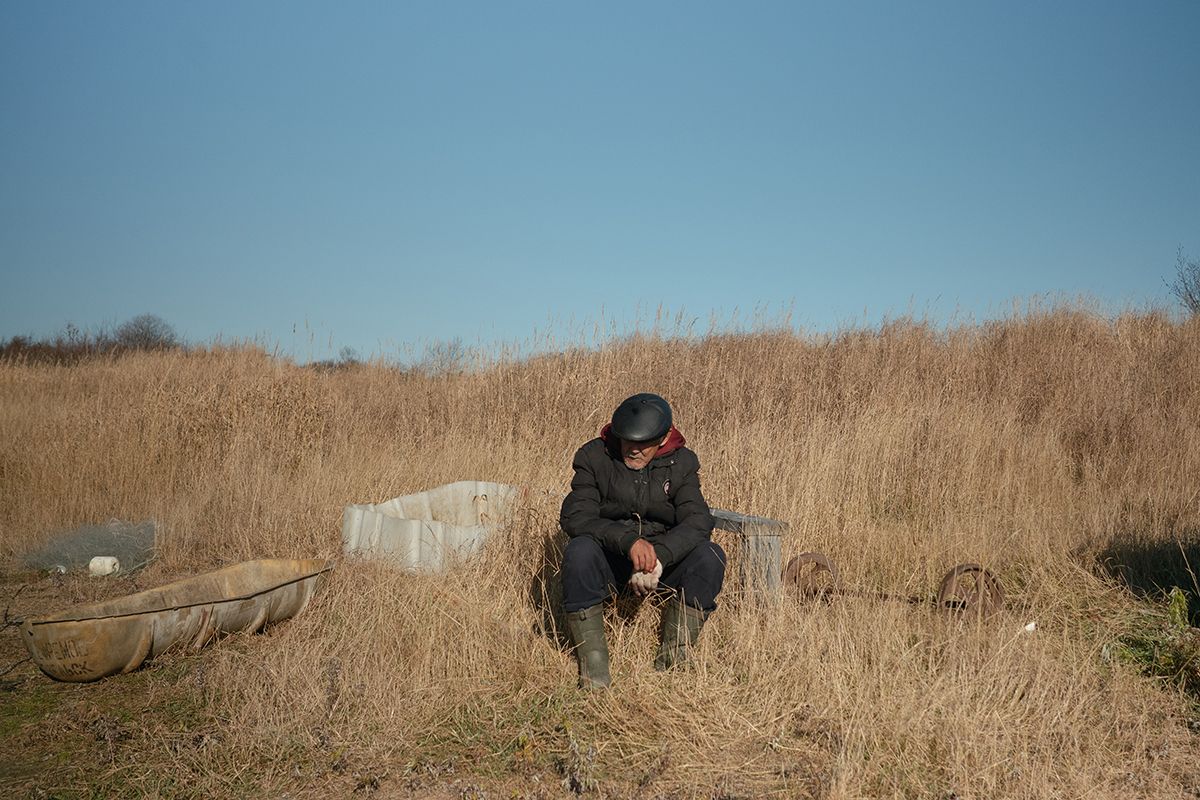
Отчего так в России?
The irony of “green colonialism” lies in sacrificing those who have lived in harmony with the environment for centuries to save the planet. Indigenous lands, rights, and natural resources, even without the energy transition, become bargaining chips in a capitalist system prioritizing profit and economic growth above all. This reality, well-known to Russia’s indigenous peoples, often undermines their principles.
“Kedr” asked experts why indigenous communities face a choice between preserving traditions and survival, which Russian regions are at risk of “green” colonialism, and whether relations with industrial companies can be improved given the current context.
“Kedr”: Indigenous peoples are seen as guardians of traditional ecological knowledge and closer to nature than urban dwellers. Yet, sometimes, their ideology of environmental care isn’t practiced. Indigenous individuals may engage in poaching, overfishing, or overhunting beyond quotas. There are cases where indigenous people act as “passports” for commercial entities, selling their fishing or hunting quotas. Why does this happen?
Lana Pylaeva (L.P.): This is a complex question. Firstly, capitalism and extractivism dominate, prioritizing economic growth over nature, human rights, and cultural values. Secondly, indigenous peoples are not protected from poverty and inequality; they must survive in a market economy: sending kids to school, paying utilities, fueling equipment, building homes, meeting basic needs. In Russia, their self-governance tools have been taken away, and the system pushes them toward commercialization. The principle of “not taking more from nature” is no longer a choice—people opt for commercialization not out of desire but for survival. The state, not the indigenous person fishing to feed their family, bears responsibility for this.
Anonymous Expert (A.E.): Indigenous peoples today are integrated into their countries’ political, economic, and social systems, not living in isolation like some Amazonian or Asian tribes. Laws, partnerships, and a culture of rights are crucial for us, but these are absent in Russia. The stereotype that indigenous peoples oppose development is false—we need resources to preserve our culture and way of life. We use the internet and snowmobiles, yet we’re often pushed back into an archaic world. Some sacrifice principles for commerce, but most engage in traditional land use, preserving their land and culture.

“Kedr”: A fair transition assumes indigenous peoples’ involvement in decisions about industrial development on their lands. Do they need this themselves?
A.E.: The problem is that Russia’s indigenous peoples barely participate in projects on their lands. Communities don’t know what normal corporate relations should look like. This started in Soviet times. Business in Russia operates top-down.
When companies like Norilsk Nickel or Gazpromneft negotiate with communities, it’s an unequal partnership. Indigenous peoples are unaware of their rights, live in poor villages, and fishing quotas barely meet their food needs.
Their lands are already damaged by logging, fishing industries, or mining. People struggling for survival accept any corporate offer. What informed consent can there be? It’s like taking a deprived child to a toy store—they’ll choose toys, but that doesn’t mean they’re beneficial. Corporations then tout minor handouts—like diesel or snowmobiles—as “collaboration” in their social responsibility reports. These relationships need a fundamental overhaul. Indigenous peoples must study their rights and build expertise to engage in these processes.
“Kedr”: Which Russian regions, in your opinion, are at risk of “green colonialism”?
A.E.: Due to the development of Russia’s military-industrial complex, there’s a high demand for transition minerals and rare earth metals, used in “green” technologies among others. However, these are not yet a priority for Russia. Authorities see these resources as a path to development, posing a risk not to a single region but to the entire Russian Arctic, including Murmansk and Arkhangelsk regions, the Komi and Sakha Republics, Chukotka, and broadly Siberia and the Far East. Indigenous peoples stand in the way of extraction, so corporations resort to superficial, ceremonial gestures like small handouts, signing agreements, or issuing declarations. In every region, there are pro-government, “tamed” indigenous organizations that accept these handouts, express gratitude, and avoid tough questions. People who no longer care about true indigenous principles are appointed to advisory councils for governors, municipalities, or companies. This creates a positive image for businesses, projected even internationally—companies bring “their” indigenous representatives to forums to share positive views on “partnerships,” presenting their work as best practices in community collaboration. They call it “equal dialogue,” but it’s far from the ideal to strive for. The state and businesses also cynically exploit divisions within indigenous communities, following the “divide and conquer” principle. Some “allied” individuals realize they’re being used but find it hard to leave the system. Meanwhile, independent organizations have been eradicated. People with independent thinking remain, but they no longer have a voice or equal power.
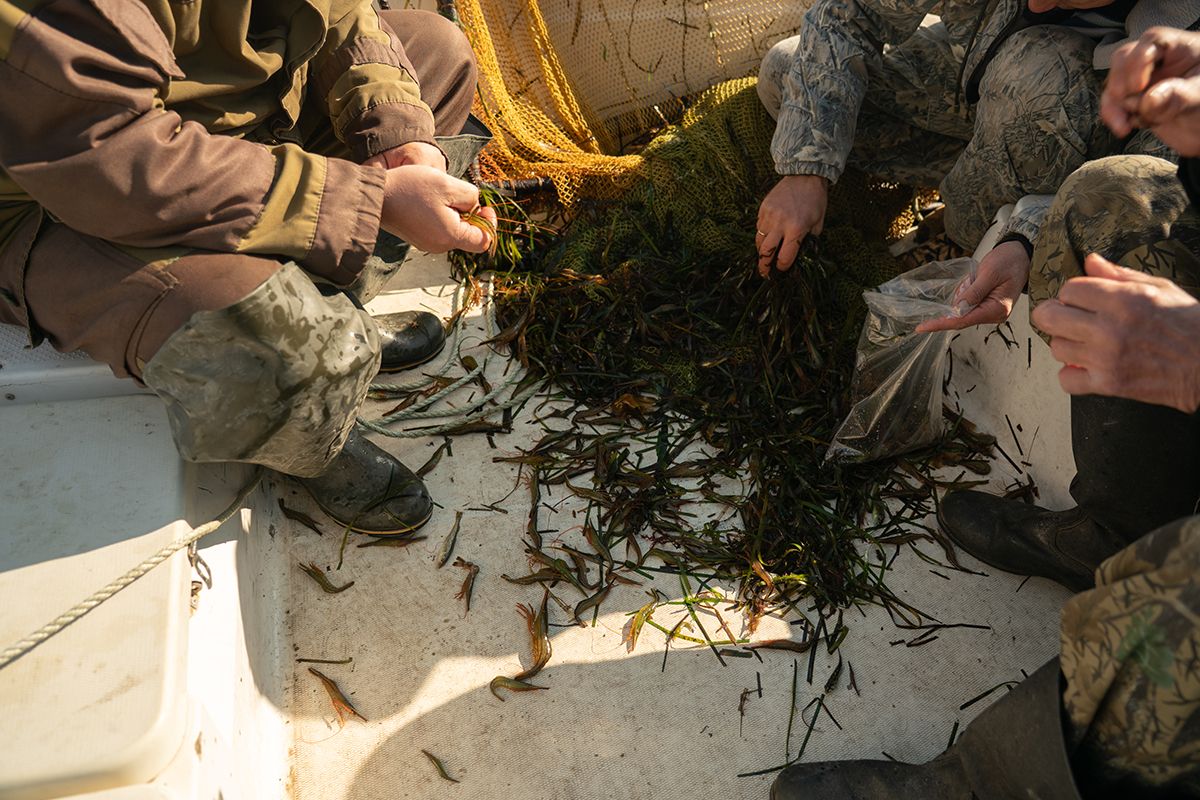
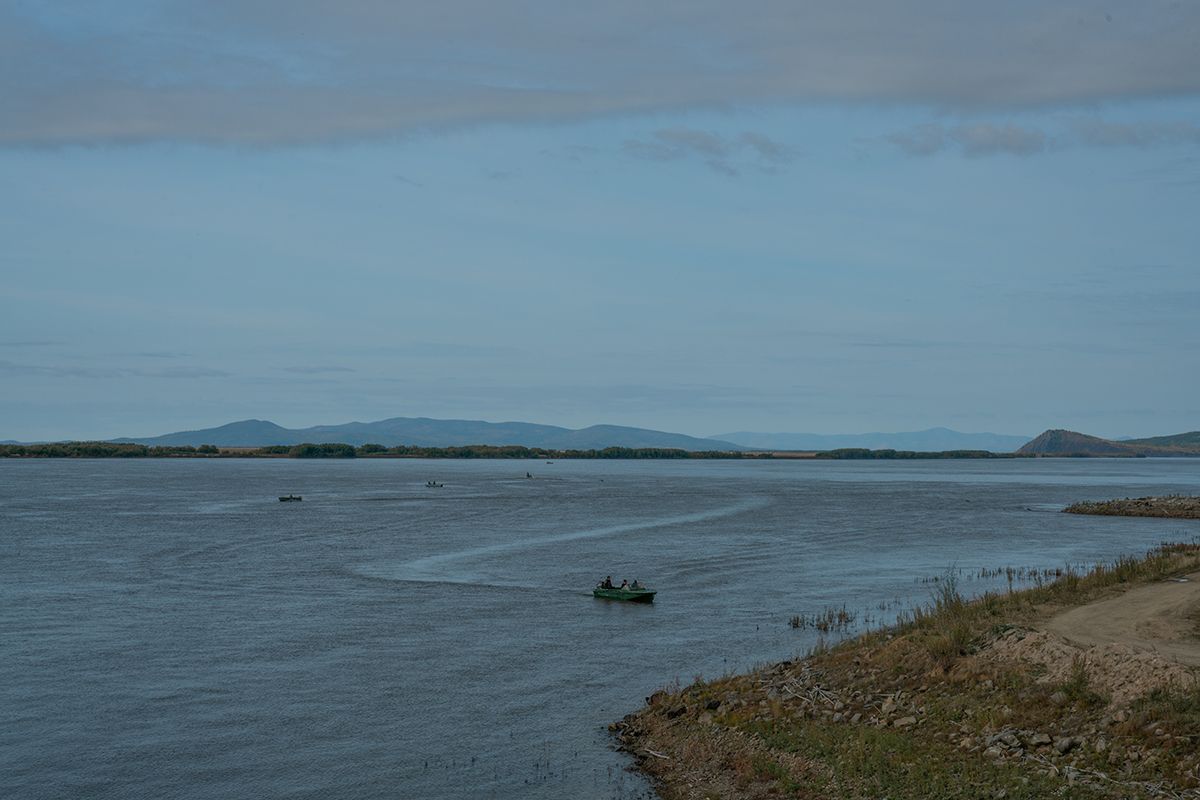
“Kedr”: What environmental consequences do you see in these conditions of an unjust transition?
A.E.: I don’t have an optimistic forecast. Corporations will keep digging, now under new “green” social banners. Russia lacks careful technologies that minimize environmental harm. The tactic remains: dig deeper, throw farther. Extraction is extensive, affecting vast areas. Environmental legislation is weak, independent organizations are gone, and proper environmental monitoring is absent. There are no specialists to help indigenous communities collect data on what’s happening on their lands—whether pipelines are leaking oil, hazardous waste is being dumped, or sacred sites are being desecrated. In the vast Arctic, you can do anything, and no one will notice. People living near extractive operations are often intimidated and stay silent, even if they know about violations.
L.P.: Corporations entering indigenous lands often act like absolute rulers, creating states within a state. This is enabled by the Arctic’s low population density, which complicates monitoring and independent assessments. It’s not just large projects like quarries or mines that harm nature; “low-impact” activities, like laying pipelines along riverbeds or seas, also cause damage. Weak electric currents used to prevent pipeline corrosion can kill fish. It seems minor compared to massive mining, but for indigenous communities, these impacts are deeply felt.
A.E.: In the North, environmental damage is tripled and harder to recover from due to slower ecosystem regeneration. Now, the Arctic is closed to everyone except extractive companies and the military. The legislation supports businesses in their rush to extract and dig everything out of there as quickly as possible—for this purpose, for example, Arctic residency was created. As for the indigenous peoples—they will be suppressed and bought off, deals will be made with them, pretty pictures will be created and included in their reports.

“Kedr”: It seems Russia’s indigenous peoples are excluded from decision-making processes, either voluntarily—because they’re tired of fighting the system—or forcibly, through the closure of independent projects and communities or preemptive intimidation. But is progress possible?
A.E.: To begin with, we must counter the aggressive propaganda flooding all information channels, claiming indigenous peoples in Russia thrive alongside extractive industries. Then we need to build horizontal connections and create civil society networks.
L.P.: First, we shouldn’t demand activism from indigenous peoples in conditions where it’s dangerous. This isn’t apathy—it’s a survival instinct. I believe it will take a long time to recover, as indigenous communities in Russia are currently in survival mode. Fostering agency and self-awareness can happen in various ways: supporting local initiatives, even the smallest ones, revitalizing languages and traditional practices, and, most importantly, through solidarity rather than paternalism.
We must also consider the historical perspective. Indigenous communities in Russia were deliberately dismantled through colonization, settlement, and Russification. A key tool was administrative division: some were assigned to “national republics,” others to “small-numbered peoples of the North.” Today, we still live within these frameworks, often arguing among ourselves about who is “truly indigenous.” It’s crucial to remember: solidarity between communities is the key to restoring agency. These horizontal connections can form the foundation for a future policy of just transition.
We thank our colleagues at Kedr.media for the opportunity to publish this material on our platform.
Cover photo: Ulch Culture Museum. Indigenous village of Bulava, Khabarovsk Krai. Photo by Marina Sycheva.



